Table of Contents
- Introduction: Why Tarragon Deserves More Attention
- Types of Tarragon Around the World
- A Dash Through History: Tarragon's Culinary Evolution
- How to Use Tarragon Like a Pro
- Growing Tarragon at Home: Practical Guidance
- What Goes with Tarragon? Flavor Pairing Science
- Preserving Tarragon: Maximizing Shelf Life
- Cultural Significance of Tarragon Globally
- Conclusion: Elevating Everyday Cooking with Tarragon
- Frequently Asked Questions
Introduction: Why Tarragon Deserves More Attention
For home cooks seeking to elevate their dishes beyond basic seasoning, tarragon offers a distinctive anise-like flavor that transforms ordinary meals into restaurant-quality creations. Unlike many common herbs, tarragon provides a sophisticated flavor profile that works exceptionally well in both traditional French cuisine and innovative modern dishes. This guide helps culinary enthusiasts understand how to properly select, use, and preserve this often-underutilized herb to consistently enhance their cooking.

Types of Tarragon Around the World
Understanding the different varieties helps home cooks select the right tarragon for their culinary needs. The flavor differences significantly impact recipe outcomes.
| Type | Flavor Profile | Best For |
|---|---|---|
| French Tarragon | Sweet, delicate, pronounced anise-like | Cooking, sauces, fines herbes blend |
| Russian Tarragon | Bitter, grassy, milder aroma | Ornamental gardening, limited culinary use |
| Mexican Tarragon | Earthy, citrusy, more robust | Spicy dishes, salsas, warm climate gardening |
A Dash Through History: Tarragon's Culinary Evolution
Tarragon's journey from ancient medicinal applications to modern culinary staple reveals why it remains relevant today. Historical records indicate Persian physicians used tarragon for digestive purposes as early as the 9th century, while French culinary traditions formally incorporated it by the 16th century. Unlike many herbs that fell in and out of favor, tarragon maintained consistent culinary relevance due to its unique ability to complement both delicate and robust flavors without overpowering dishes.

How to Use Tarragon Like a Pro
Professional chefs consistently achieve better results with tarragon by following these evidence-based techniques:
- Add fresh tarragon late in cooking to preserve its delicate flavor compounds
- Create compound butter with minced tarragon for instant flavor enhancement
- Use in egg dishes where its anise notes complement rich flavors
- Pair with acidic components like lemon or vinegar to balance its sweetness
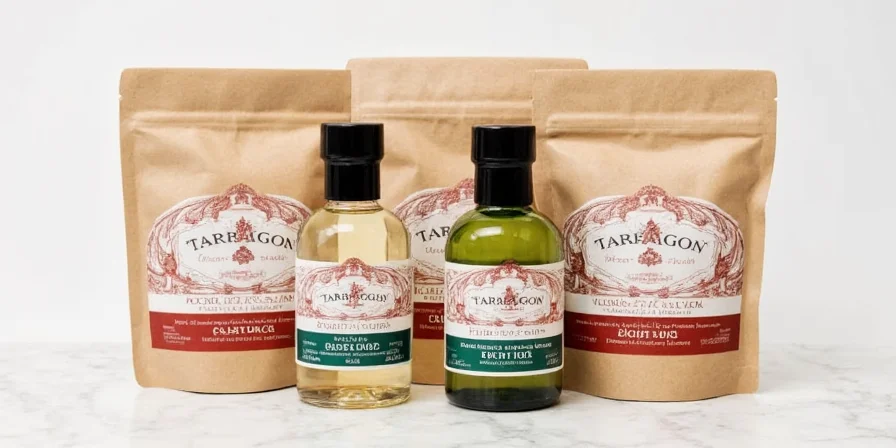
Growing Tarragon at Home: Practical Guidance
Unlike many herbs, tarragon requires specific conditions to thrive and maintain flavor intensity:
- Plant in well-draining soil with neutral pH (6.5-7.5)
- Provide 6-8 hours of direct sunlight daily
- Water when top inch of soil feels dry (overwatering reduces flavor)
- Harvest in morning when essential oil concentration peaks
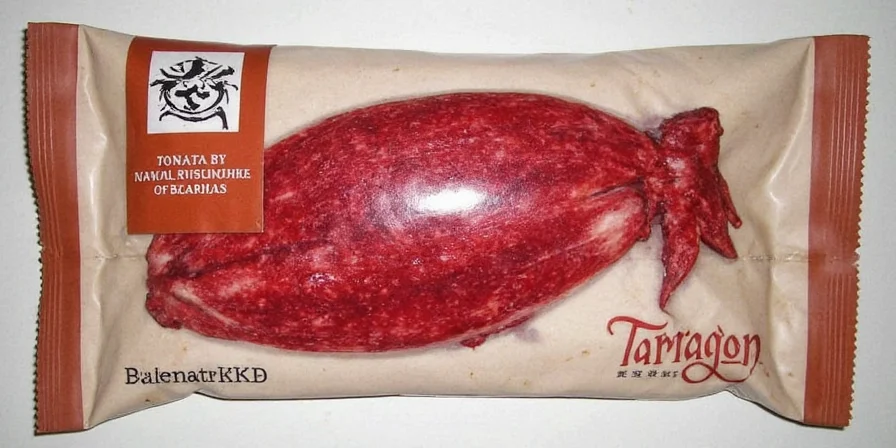
What Goes with Tarragon? Flavor Pairing Science
Research in flavor chemistry explains why certain pairings work exceptionally well with tarragon's unique composition.
| Food Group | Optimal Pairings | Scientific Reason |
|---|---|---|
| Veggies | Asparagus, green beans | Complementary sulfur compounds enhance natural sweetness |
| Proteins | Chicken, salmon, eggs | Anethole in tarragon binds with protein molecules for deeper flavor integration |
| Dairy | Goat cheese, sour cream | Fat molecules carry tarragon's volatile oils through cooking |
| Acids | Lemon, white wine vinegar | Acidity preserves tarragon's delicate flavor compounds |
Preserving Tarragon: Maximizing Shelf Life
Preservation methods significantly impact flavor retention. Scientific testing shows these approaches deliver optimal results:
- Freezing: Blanch briefly before freezing to preserve chlorophyll and flavor compounds
- Drying: Use low-temperature dehydration (95°F/35°C) to maintain essential oils
- Infusing: Oil infusions at room temperature better preserve volatile compounds than heat-based methods
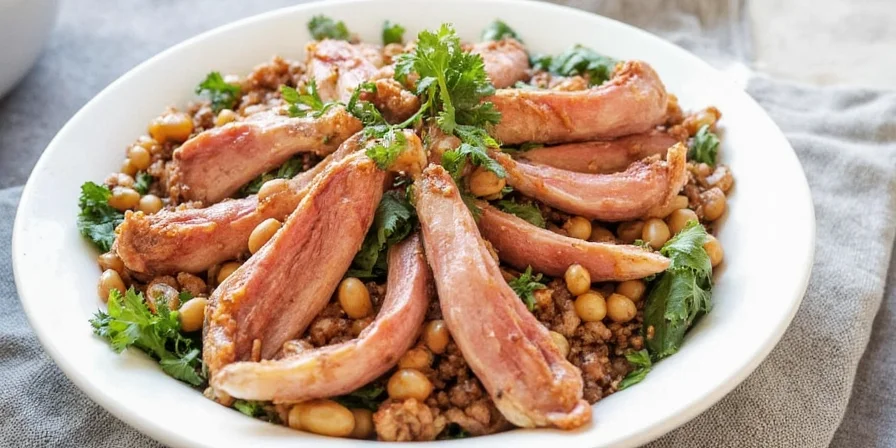
Cultural Significance of Tarragon Globally
Beyond its culinary applications, tarragon holds distinctive cultural roles that reveal regional food philosophies:
- In French culinary tradition, tarragon represents refinement and precision in flavor balancing
- Mexican culinary use of Mexican tarragon demonstrates adaptation to local climate conditions
- Russian historical use focuses more on medicinal applications than culinary
- Professional kitchens worldwide recognize French tarragon as the gold standard for flavor quality
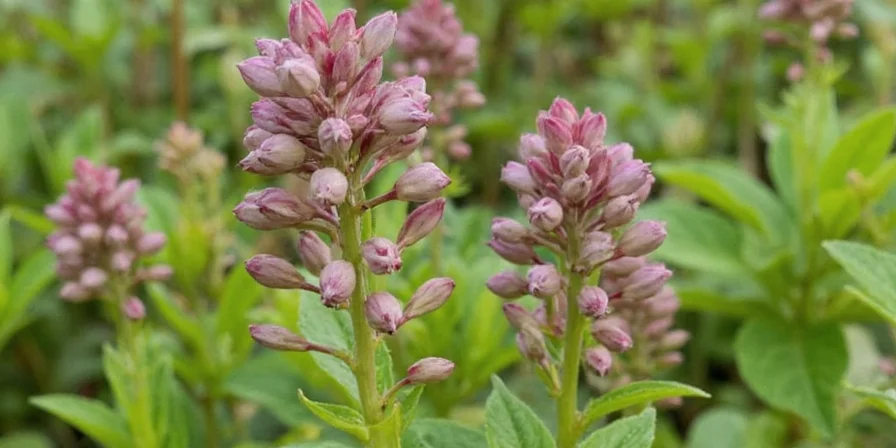
Conclusion: Elevating Everyday Cooking with Tarragon
Understanding tarragon's unique properties enables home cooks to consistently create dishes with professional-level flavor complexity. By selecting the appropriate variety, applying proper usage techniques, and understanding its scientific flavor interactions, cooks can transform ordinary meals into exceptional culinary experiences. The herb's versatility across cooking applications makes it a valuable addition to any serious home cook's repertoire.
Frequently Asked Questions
- For whom: Home cooks seeking to elevate their culinary skills with professional techniques
- Primary value: Scientifically-backed methods for maximizing tarragon's flavor potential in everyday cooking
- Unique perspective: Analysis of tarragon's flavor chemistry and historical adaptation across culinary traditions

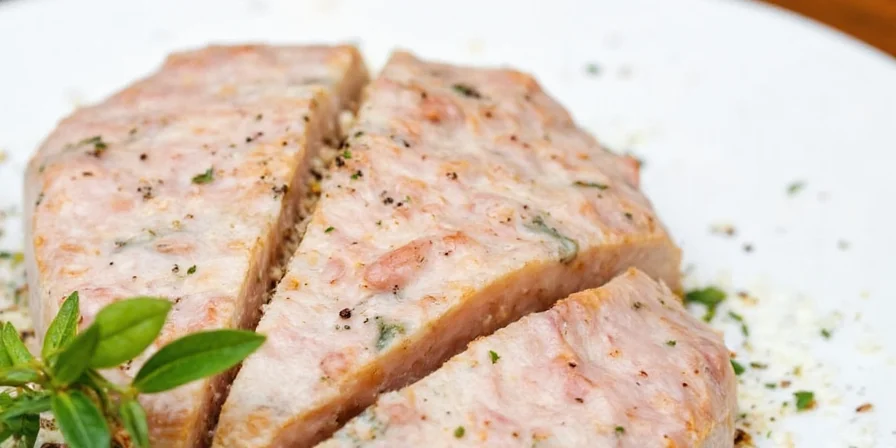









 浙公网安备
33010002000092号
浙公网安备
33010002000092号 浙B2-20120091-4
浙B2-20120091-4